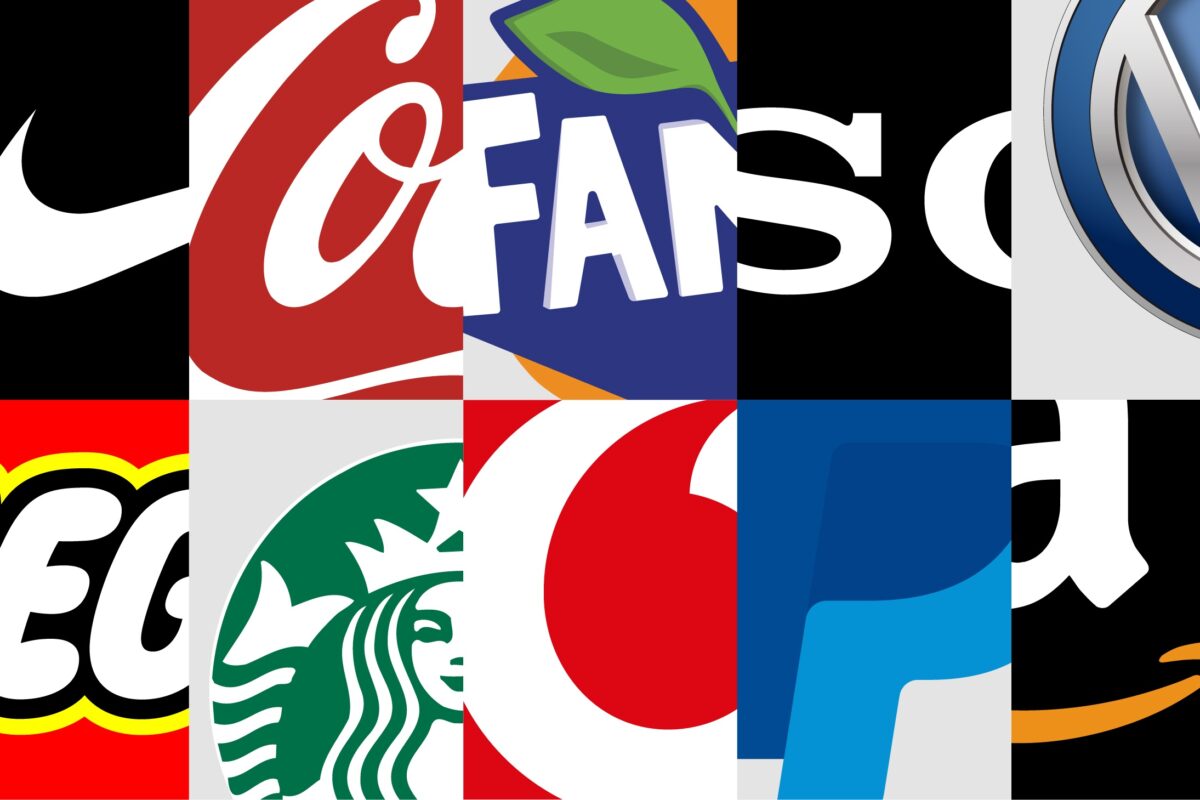Names not just “are,” they “do.” As a part of language, names identify a business or brand, but also subtly suggest certain types of action.
To explain, we must wade into the pond of language. Scholars have pointed out that every utterance has three functions:
# The locutionary function involves what the expression denotes.
# The illocutionary entails how it functions as a speech act, which philosophers of language define as an utterance considered as an action.
# Perlocutionary functions include all the effects an utterance has on the receiver.
Brand names, like other words, use all three functions. The reigning authority on the illocutionary function, John R. Searle, has identified five basic types of speech acts in his book Speech Acts: An Essay in the Philosophy of Language. Here are four of these speech acts as they perform bits of business in brand names.
Representatives commit the speaker to the truth of the expressed proposition: They swear, report, assert or conclude. Toys “R” Us. A pet day care and boarding establishment called Pets Preferred. The name of action is built into two Canadian discount airline brands, Canjet and Jetsgo.
Directives attempt to get the reader to do something: They command, exhort, urge. Guess jeans. A dance studio called Jump to It; a chain of paint shops, Color Your World. The insect repellent Off! A Microsoft imaging software product called Picture It!
Commissives commit to some future course of action: They promise, threaten, offer, vow. A deodorant will Ban; a shampoo will Amplify. Software promises to Excite. Or one undertakes to Hide-A-Bed.
Expressives express a psychological state: They think, apologize, welcome, congratulate. Glad trash bags. Or a brand of diapers, Happy to be Nappy.
In strictly literal terms, a brand name wants the customer to buy a product or service. But in terms of speech acts, a lot more is going on.
For more on brand naming order Brand Aid, second edition, A Quick Reference Guide to Solving Your Branding Problems and Strengthening Your Market Position
Branding Strategy Insider is a service of The Blake Project: A strategic brand consultancy specializing in Brand Research, Brand Strategy, Brand Licensing and Brand Education





2 comments
Pablo Rodriguez Laurta
November 14, 2009 at 8:04 pm
Always a lot more than what we know IS happening all the time. It’s nothing new. But regarding language even “a lot more” seems an understatement compared to what advertising agencies are generally blind to. Rarely you see a campaign that profits on the array of opportunities that are exposed by the effect of a clever use of language, the clique of 80% of commercial messages could be conceived in 15 minutes, agencies still invest most of their efforts ( and budget sometimes ) in “creativity”, disregarding the importance of knowledge in their creative staff. But creativity without knowledge is humor at most. It has to be enlightened by a sound background in communication and psychology.
Caitlin
November 17, 2009 at 4:17 pm
There is a ton that goes into one word. Each word has word parts that add meaning and connotation. This is crucial to remember when choosing a business name or creating a unique word for your business name. This post is great, right up my alley!
Comments are closed.